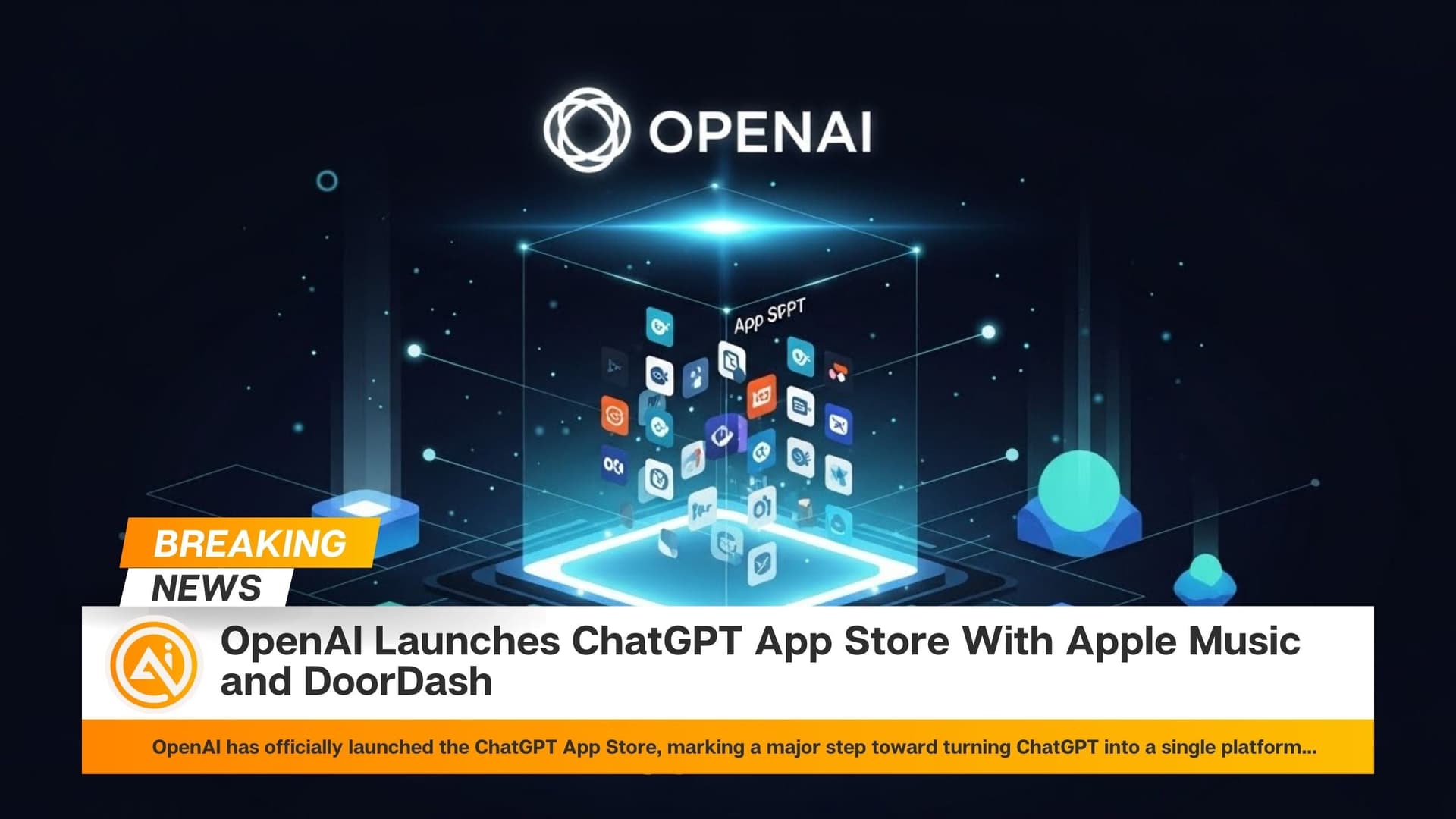OpenAI is moving forward with its plan to release its first open-source language model since GPT-2, aiming for a launch in early summer 2025. According to sources familiar with the development, the model is being led by Aidan Clark, OpenAI’s Vice President of Research. It is designed to be a high-performance reasoning model, intended to set new benchmarks among open AI systems.
The upcoming model is still in early development, but OpenAI reportedly plans to license it under highly permissive terms, allowing for broad usage and commercialization. This approach sets it apart from other open models like Meta’s Llama and Google’s Gemma, which have been criticized for restrictive conditions.
The initiative comes as OpenAI faces increasing competition from rivals such as DeepSeek and Meta, who have embraced open access strategies and gained significant traction. Meta, for instance, announced over 1 billion downloads for its Llama model, while DeepSeek continues to grow its global user base and attract investment.
OpenAI's open model will be designed for compatibility with high-end consumer hardware. Developers may also be given the option to toggle reasoning capabilities on or off, offering flexibility to balance accuracy with performance. If the model is well-received, OpenAI could follow up with additional models, including smaller versions.
CEO Sam Altman has acknowledged past criticism of the company’s closed approach and suggested a shift in OpenAI’s open-source strategy may be necessary. Although open-source efforts aren’t currently OpenAI’s top priority, Altman has confirmed that the new model will undergo comprehensive safety evaluations, including extensive red-teaming, before release.
OpenAI also intends to publish a detailed model card outlining the results of internal and external testing. This step comes in response to past scrutiny over the company’s handling of safety documentation and transparency in model development.
With this move, OpenAI is not only signaling a renewed commitment to openness but also attempting to maintain leadership in an increasingly competitive AI landscape.
